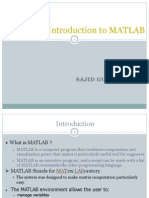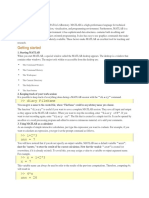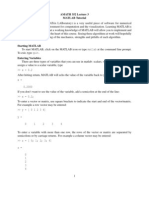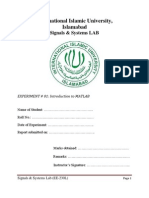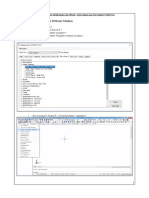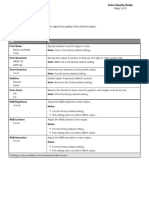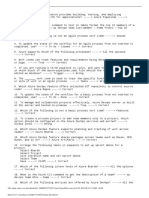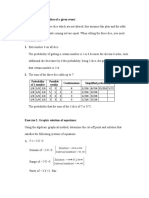0% found this document useful (0 votes)
20 views49 pagesIntro To Matlab
This document serves as an introduction to MATLAB, detailing its features such as numerical computation, programming, and visualization. It covers the MATLAB environment, including the main windows, command operations, variable management, and basic plotting functions. Additionally, it explains control statements and loops for programming within MATLAB.
Uploaded by
tushargunwani1Copyright
© © All Rights Reserved
We take content rights seriously. If you suspect this is your content, claim it here.
Available Formats
Download as PPTX, PDF, TXT or read online on Scribd
0% found this document useful (0 votes)
20 views49 pagesIntro To Matlab
This document serves as an introduction to MATLAB, detailing its features such as numerical computation, programming, and visualization. It covers the MATLAB environment, including the main windows, command operations, variable management, and basic plotting functions. Additionally, it explains control statements and loops for programming within MATLAB.
Uploaded by
tushargunwani1Copyright
© © All Rights Reserved
We take content rights seriously. If you suspect this is your content, claim it here.
Available Formats
Download as PPTX, PDF, TXT or read online on Scribd
/ 49

